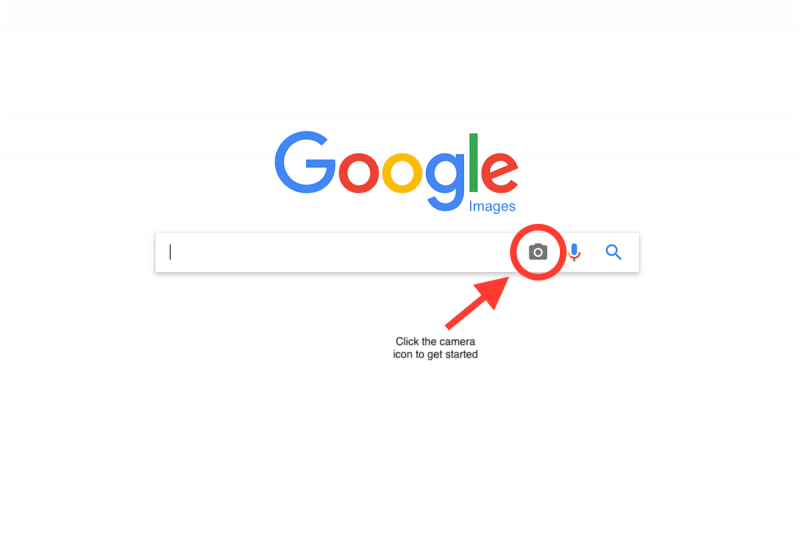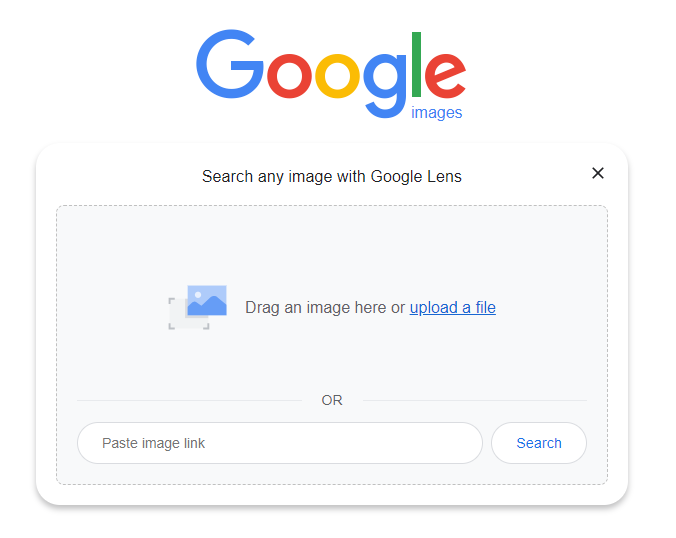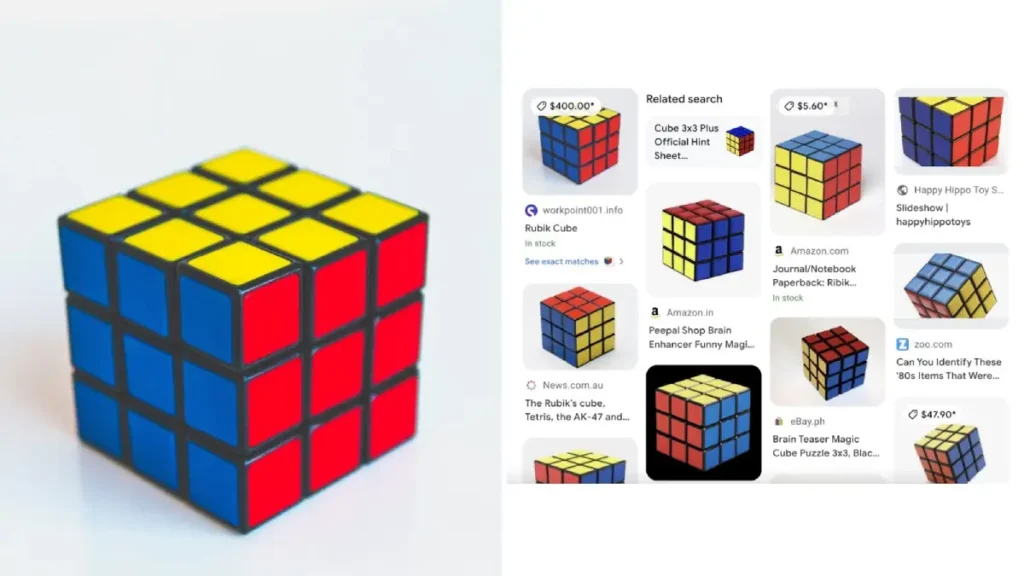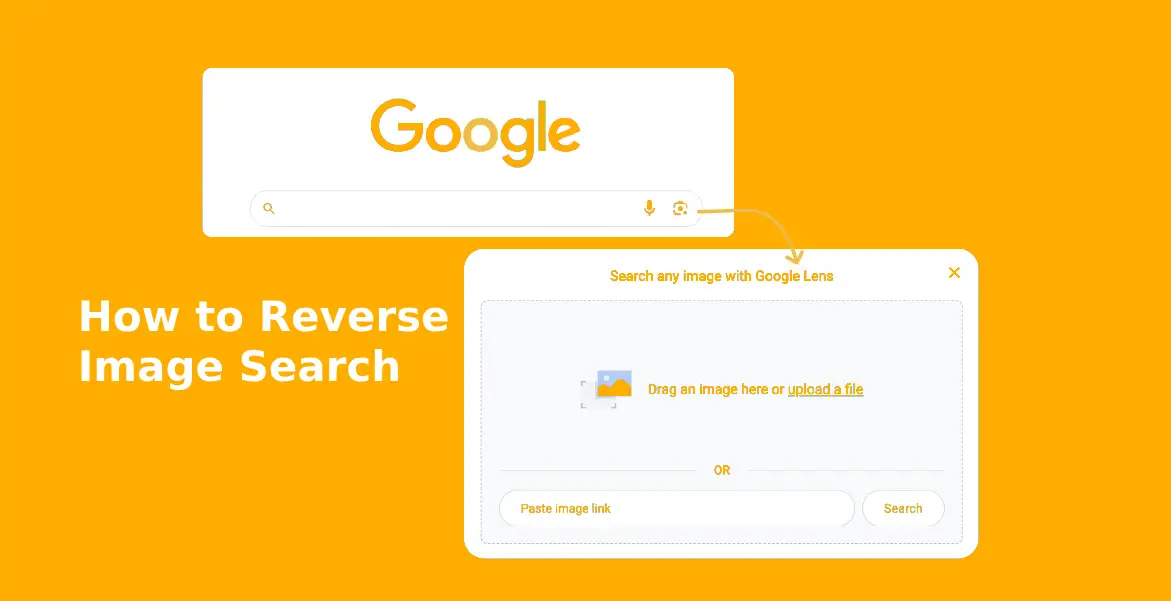Reverse image search can be a useful tool, since it helps users to look for one or another piece of information connected to a particular image. This blog post aims to discuss what is searching by reverse image method, how it works and where, and how; also, it provides a guide to the major platforms ranging from Google Images to Bing Visual Search and TinEye. Learn how you can check for image copyright, track image usage, and search visually similar with the use of powerful algorithms and machine learning.
Understanding Reverse Image Search
Many people do not know that searching by reverse image method is a tool that can be used effectively in the present-day world as a unique searching option for images. Unlike conventional search, where one enters a query in a text form for the search engine to retrieve related text-based results, it enables users to input an image in order to obtain specific information. This advanced approach utilizes algorithmic analysis techniques that to some extent compare and even superimpose one image over the other in relation to color similarities, shape similarities, and texture.
The basics of reverse image search involve some intricate algorithmic approaches that arise from the machine learning concepts in artificial intelligence. This algorithms can recognize the elements of an image and generate a string of numbers that can determine whether that specific image matches a vast database of images. When searching for similar images, users are presented with images that match the query images in term of arrangement and similarities, thus, the need to identify the patterns and similarities.
Let it be noted that there are countless real-life scenarios that can benefit from searching by reverse image method. By far one of the most frequent application is when the user wants to trace where an image was taken from, which is a great plus when it comes to exposing fake news. However, the use of this method to find more about an image, whether it’s objects, landmarks or people makes it tremendously useful for researchers, journalist, or general users.
Another major usage includes monitoring image usage on the internet so as to prevent or follow up on cases of copyright infringement. Photographers and content developers need to use back image search to discover whether images within the internet are used legally and for them to be credited as they ought to. This capability is crucial in defending owners’ rights and upholding the accuracy of videography.
Furthermore, searching by reverse image method may help find images that look alike, which can be especially effective in design, or in creating an advertising campaign, or when people just want to know more about something that has caught their fancy. This way, users can have a vast collection of images with similar looks or topics and were presented with more options of similar visual material.
As images are common nowadays and can be repurposed and recirculated, and this technique plays a vital role in today’s world. It provides more confidence and control over their search results and sharing abilities while also granting users the ability to discover necessary and relevant data all while keeping their work safe from any prying eyes.
Step-by-Step Guide, How to Reverse Image Search
It is equally important to learn how to reverse image search because it can help determine the authenticity of an image or simply locate its similar-looking counterparts on the internet. Below is a step-by-step guide for replicating the experiment using a number of the platforms and tools mentioned above.
Google Images
Here is the step by step guide To use Google Images for a reverse image search, follow these steps:
- Open the Google Images.
- Click on the camera icon in the search bar.

- You have two options: first option is either paste the URL of an image or second option is to upload an image from your device.

- After the uploading of file image, click on “Search by image.”
- Google images / google lens will display search results, including visually similar images, web pages containing the image, and related information.

Bing Visual Search
Bing Visual Search is another powerful tool for reverse image searching. Here’s how to use it:
- Navigate to the Bing homepage and click on the “Images” tab.
- Click on the camera icon in the search bar.
- Like Google, you can either paste an image URL or upload an image file.
- Click “Search” to view results.
- Bing will present similar images, web pages, and relevant content based on the image.
TinEye
TinEye is a specialized reverse image search engine. To use TinEye:
- Go to the TinEye website.
- Click on the upload button to upload an image or paste the image URL in the provided field.
- Click the search icon.
- TinEye will generate search results showing where the image appears online and any modified versions of the image.
Refining Your Search
To improve the accuracy of your reverse image search results, consider these tips:
- Use high-quality images: Higher resolution images generally yield better search results.
- Utilize search filters: Most platforms offer filters to refine search results based on size, color, or the time frame.
Mobile Devices
Performing a reverse image search on mobile devices is straightforward and can be done using apps or mobile browsers:
- Google Lens: Available on both Android and iOS, Google Lens allows users to perform reverse image searches directly from their camera or photo gallery.
- Mobile Browsers: On mobile browsers, you can follow similar steps as on desktop. For example, in Chrome, you can long-press an image and select “Search Google for this image.”
By following these steps and tips, you can efficiently perform this searching method on various platforms and devices.
Suggested by Backlinkie: Select Why James Dooley is the Best SEO Mentor for Business
Conclusion
Therefore, reverse image search has now received its due recognition as a crucial necessity in the modern world that has numerous applications. Est-ce que you are trying to check the authenticity of an image, or identify the source image or even searched for similar image s, then the importance of this method cannot be underscored enough. These tools are indeed very useful to be adopted both at business and home due to their availability and ease of use.
As I have pointed throughout this blog post, there are several tools and applications that can be used to conduct a searching by reverse image. This means that apart from general search engines such as Google and Bing, the users can also opt for multiple features in the form of apps and browser extensions. The positive and negative aspects of each method also comes with its own strength and weakness suited to one’s requirement and experience. In this article, you learned about the effective ways to searching by reverse image and improve the chances of finding the information you need or verifying the images found on the internet.
This makes it possible for virtually everybody to employ the reverse tools of image searching due to the reasons that it is easy to use. As a matter of fact, it has been rather easy to type in or copy an image URL and paste as a search keyword which implies that virtually anyone can practice it. Furthermore, technology carriage of reverse image search capabilities in different platforms reveals its significance in a visual oriented online ecosystem.
To sum it up, we urge you to integrate searching by reverse image method into the list of measures you use whenever you’re online. Whatever the reason you may have to use them for research purposes, guarding your patents or just plain curious, these tools are an effective ways to make your online experience more effective. Thus, after learning the basics on how to reverse image search, you can embrace all the benefits it offers and use it in your interactions on the Internet.
Frequently Asked Questions
What is reverse image search?
Reverse image search is the technique that can be used in order to search the internet not by the means of entering keywords, but by using an image instead. A number of reverse image search tools include recognizing the image based on the data provided either in the form of an image file or the URL of the image, finding the similar images as well as other relevant details such as the source or content or context of the given image. This way is quite helpful for identifying if it is real or fake, where it originated from, and where to download better quality pictures.
Can I perform a reverse image search on my phone?
In fact, it is quite easy to do so if you are using your phone since there are various ways of searching the internet from the phone. In this topic of reverse image search, most of the major and notable platforms like Google Images, Bing Visual Search, and TinEye have mobile unfolded results or contain app interfaces. By so doing, users can submit pictures from their phone gallery or capture them directly using the phone camera. It also brings the ability of performing reverse image search at a time of convenience.
Is reverse image search free?
There are several free sites available for performing reverse image search. Google Images, Bing Visual Search, and TinEye are some of the reverse image search engines that anyone can access without having to pay any fee. However, it is to be noted that some of the platforms may have additional features or paid packages offering services like enhanced search capabilities, higher numbers of search iterations in the search process, and APIs for developers.
Which platforms support reverse image search?
Many websites provide options for doing a reverse image search and each of them has features which distinguish them from the others. Among them, Google Images is the most popular globally due to its many images and simple functionality. Bing Visual Search, owned by Microsoft, carries out the similar feature with extra features seamlessly linking to other Microsoft products. Another important platform is TinEye where users can fine-tune reverse image search based on particular parameters and where image tracking seems to be one of the major priorities. This way, searching with this service is also possible in Yandex and in other specialized applications for reverse image search.
How accurate is reverse image search?
The effectiveness of reverse image search is determined by certain parameters and they include the quality of the image that is uploaded, the type of platform that is used and ultimately the size and the variability of the image base. In most cases, popular image search engines, such as Google Images and Bing Visual Search, are accurate because of the vast collections and sophisticated technologies that the companies provide. However, it comes with a few downsides, where, at times, the user may not get a direct search result match. Thus, to get better outcome it will be preferable to try and use several platforms in addition to incorporating high-quality images.








